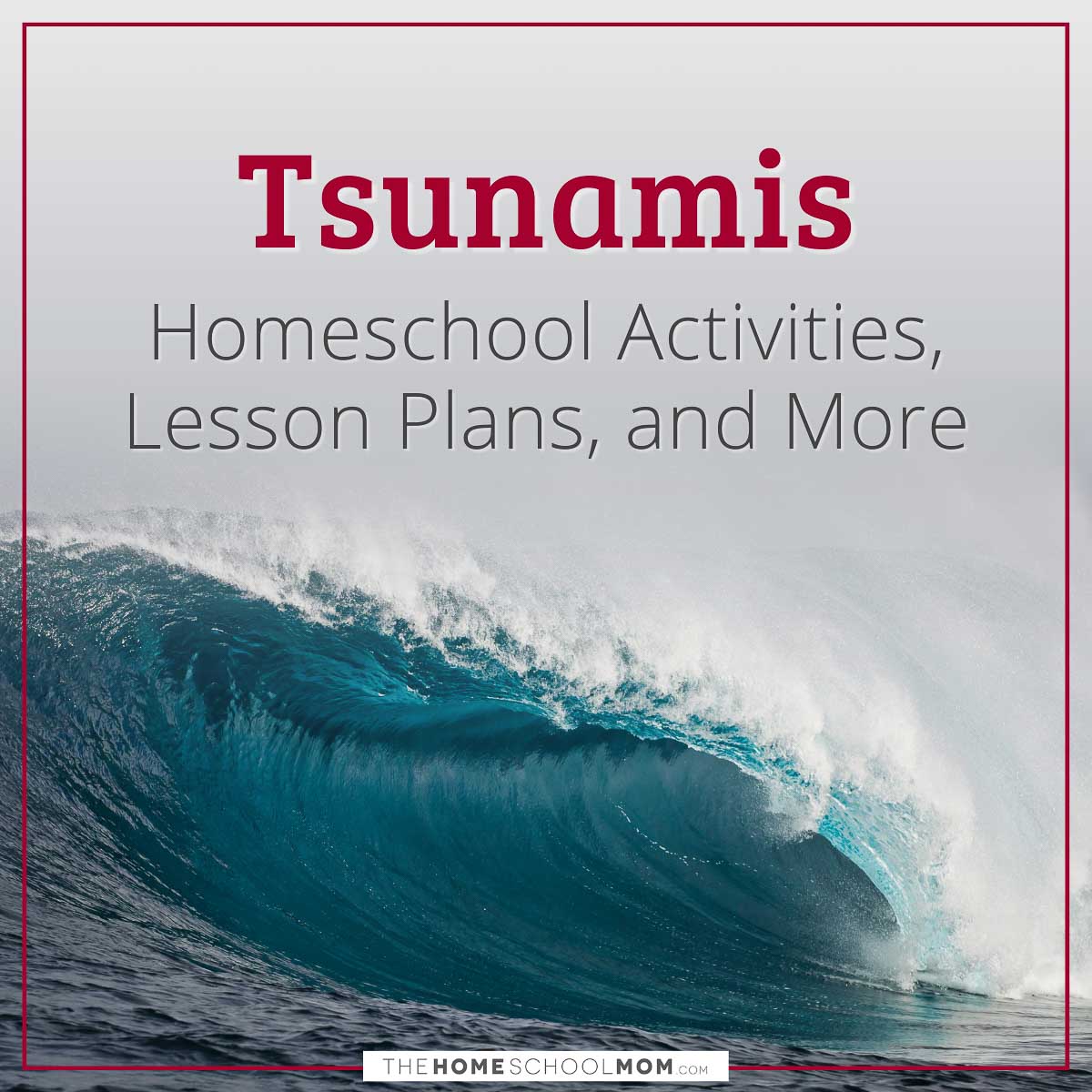Activities, Lesson Plans, and More
- Y—Young (PreK-3rd)
- M—Middle (4th-6th)
- O—Older (7th-12th)
- T—Teacher Resources
The Physics of Tsunamis
An educational website from the University of Washington on tsunamis. The site provides information on how to survive a tsunami, the different ways they are formed, and what they look like. Also provides a small database of articles and videos on the material.
Survive a Tsunami
By the U.S. Geological Survey, it contains lessons on how to survive a tsunami based on accounts from people who survived the tsunami generated by the largest earthquake ever measured--the magnitude 9.5 earthquake in Chile on May 22, 1960.

Ready.gov: Tsunamis
A collection of tsunami safety graphics.
USGS Tsunami Information page
You will find general information on how local tsunamis are generated by earthquakes as well as animations, virtual reality models of tsunamis, and summaries of past research studies. Also included are several analyses on past tsunamis and a detailed description of what specifically caused them.
NOAA: U.S. Tsunami Warning System
A site from the National Oceanic and Atmospheric Administration and National Weather Service that provides a wealth of information on tsunami research and data on specific tsunamis, a large frequently asked question sheet, as well as a history of tsunami warning, how the system operated in different areas, and other educational resources and videos.
Megatsunamis: World's Biggest Wave (Video)
A short video on mega-tsunamis, historical examples, how they differ than regular tsunamis and the differences in how they form. From the SciShow YouTube Channel.
Tsunamis: The Biggest Waves (Video)
A kid-friendly, animated video from SciShow Kids on YouTube that shows how tsunamis function and how they form.
The Great Tohoku Earthquake and Tsunami
A resource page by LiveScience on the Great Tohoku earthquake and tsunami that led to the Fukushima Nuclear Disaster. The site provides detailed information on the disaster, statistics, facts, and the effects the disaster caused across the globe.
Making Waves: A Study of Earthquakes and Tsunamis (Unit)
This study unit from Yale University includes lessons, science labs, and hands-on activities to learn about tectonic plate movement and wave properties. It also uses primary sources to do a case studies on specific tsunamis. Designed for grade 12.
Tsunami Inquiry Unit
This unit study from the Australian Institute for Disaster Resilience provides an overview of tsunami mechanics, activities, and activity pages, as well as several case studies of tsunamis from history. Designed for upper middle school to early high school students.




